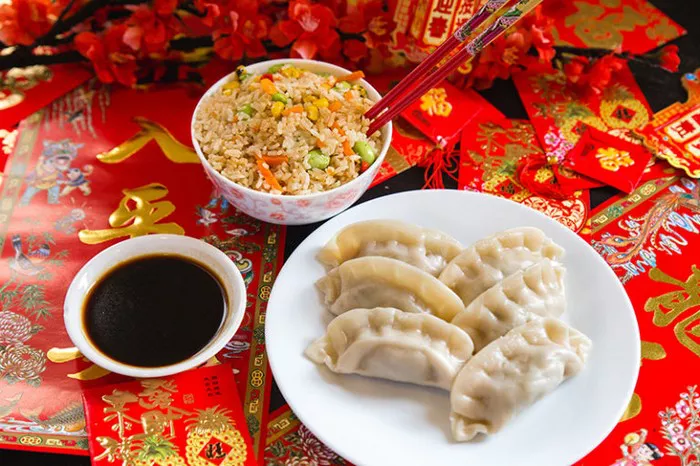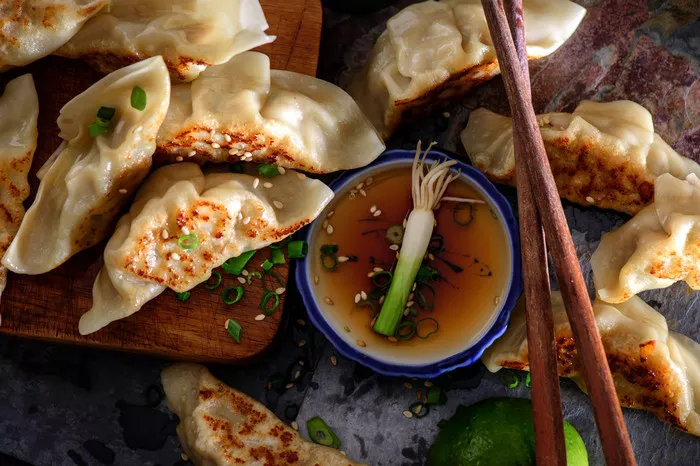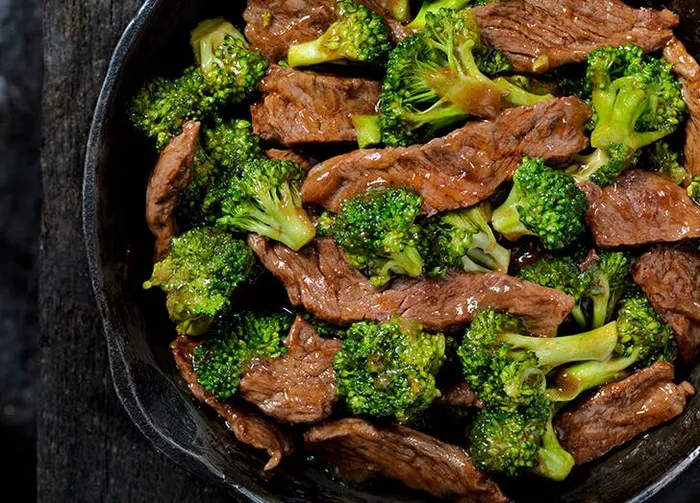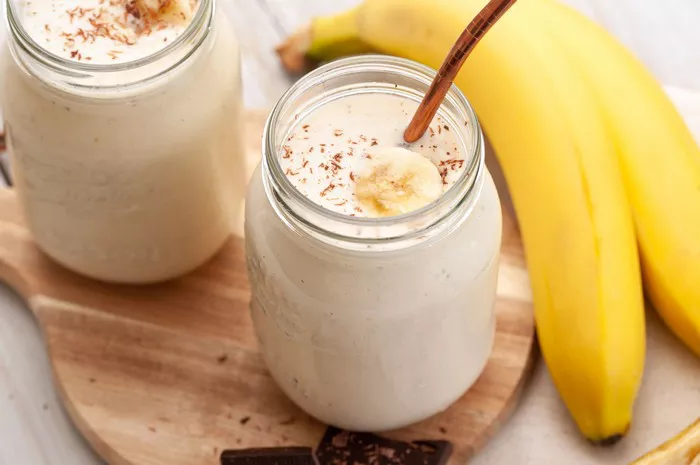Dumplings, with their delectable fillings and delicate wrappers, have earned their place as a beloved culinary treasure across the globe. Crafting homemade dumpling wrappers is a rewarding endeavor that allows you to infuse your creations with love and authenticity. However, ensuring the freshness and quality of your homemade dumpling wrappers requires proper storage techniques. In this article, we delve into the art of storing homemade dumpling wrappers to maintain their texture, flavor, and overall quality.
The Importance of Proper Storage
Homemade dumpling wrappers are a labor of love, requiring meticulous preparation and skill. Whether you’re making traditional dumplings, potstickers, or gyoza, the wrappers are a crucial component that contributes to the overall experience of the dish. Properly stored wrappers retain their elasticity, prevent drying out, and ensure that your dumplings are as delightful to make as they are to eat.
Storing Freshly Made Dumpling Wrappers
When it comes to storing freshly made dumpling wrappers, the key is to strike a balance between maintaining their moisture and preventing sticking. Follow these steps to store your wrappers effectively:
1. Preparing the Wrappers:
Before storing your freshly made dumpling wrappers, ensure that they are rolled out, cut, and separated. If you plan to use them immediately, have all your fillings and tools ready for efficient assembly.
2. Dusting with Flour:
Dusting the wrappers lightly with flour or cornstarch is a common practice to prevent sticking. Gently sprinkle a small amount of flour over each wrapper, making sure to coat both sides. This will create a barrier that helps prevent the wrappers from adhering to each other.
3. Stacking and Layering:
Once dusted with flour, you can stack the wrappers in layers. Place a piece of parchment paper or wax paper between each layer to prevent sticking. Avoid stacking too many layers on top of each other, as excessive weight can cause the wrappers to become compressed.
4. Wrapping in Plastic Wrap:
For added protection against drying out, you can wrap the stack of wrapped dumpling wrappers in plastic wrap. This helps to maintain moisture and prevent the wrappers from becoming brittle.
5. Sealing in an Airtight Container:
Place the wrapped stack of dumpling wrappers in an airtight container. Make sure the container is clean and dry to prevent any moisture accumulation. Seal the container tightly to create a controlled environment that prevents exposure to air and humidity.
6. Refrigeration or Freezing:
You have the option to refrigerate or freeze your freshly made dumpling wrappers, depending on when you plan to use them.
Refrigeration: If you plan to use the wrappers within a day or two, refrigeration is a suitable option. Place the airtight container in the refrigerator to keep the wrappers fresh. Be sure to use them within the recommended time frame to maintain their quality.
Freezing: To store dumpling wrappers for a longer period, freezing is the preferred method. Wrappers can be frozen for up to a month without significant loss of quality. Label the container with the date of freezing for reference.
Thawing Frozen Dumpling Wrappers
If you’ve chosen to freeze your homemade dumpling wrappers, it’s important to thaw them properly to ensure their integrity.
1. Gradual Thawing:
When you’re ready to use the frozen wrappers, transfer the container from the freezer to the refrigerator. Allow the wrappers to thaw slowly in the controlled environment of the refrigerator. This gradual thawing process prevents condensation and excessive moisture absorption.
2. Handling with Care:
Once the wrappers are thawed, avoid handling them excessively or forcefully. The wrappers may be slightly more delicate after freezing, so gentle handling will help prevent tearing or breakage.
3. Bringing to Room Temperature:
Before using the wrappers, allow them to come to room temperature. This helps to restore their elasticity and flexibility, making them easier to work with.
Tips for Success
Use Quality Ingredients: The quality of your homemade dumpling wrappers is greatly influenced by the ingredients you use. Opt for high-quality flour and water to ensure the best texture and taste.
Maintain a Clean Environment: When rolling out and cutting your wrappers, ensure that your work surface, rolling pin, and cutter are clean and dry. This prevents contamination and enhances the wrappers’ freshness.
Work Efficiently: To prevent your wrappers from drying out, work efficiently when rolling and cutting. If you’re making a large batch, consider dividing the dough into smaller portions to work with.
Monitor Humidity: The level of humidity in your environment can affect the wrappers’ moisture content. If you’re in a particularly humid area, you may need to adjust your flour-dusting technique to prevent excessive sticking.
Reviving Wrappers that Have Dried Out
If your dumpling wrappers have dried out slightly, there are methods to revive them before use:
Lightly Dampen with Water: Gently moisten a clean kitchen towel or paper towel with water. Place the dried wrappers between the dampened layers and let them sit for a short while. The moisture from the towel will be absorbed by the wrappers, restoring their pliability.
Steam Rehydration: Another method involves placing the dried wrappers in a steamer for a few seconds. The steam will infuse moisture back into the wrappers, making them pliable and easy to work with.
Conclusion
The journey of crafting homemade dumpling wrappers is a labor of passion and skill. Preserving their freshness requires attention to detail and a balance between moisture and prevention of sticking. By following proper storage techniques, from dusting with flour to airtight containers and refrigeration or freezing, you can ensure that your wrappers are a canvas for delectable fillings and a reflection of your culinary craftsmanship. Whether you’re creating dumplings for a festive occasion or simply indulging in the joy of homemade comfort food, the careful preservation of your wrappers ensures that each bite is a delightful testament to your dedication to the culinary arts.






















